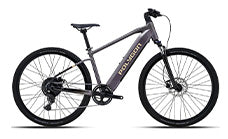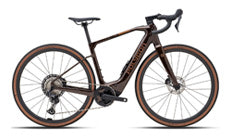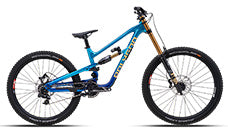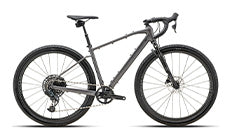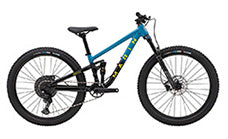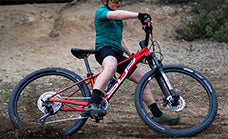How Do Electric Bikes Work? An Insight into E-Bike Mechanics
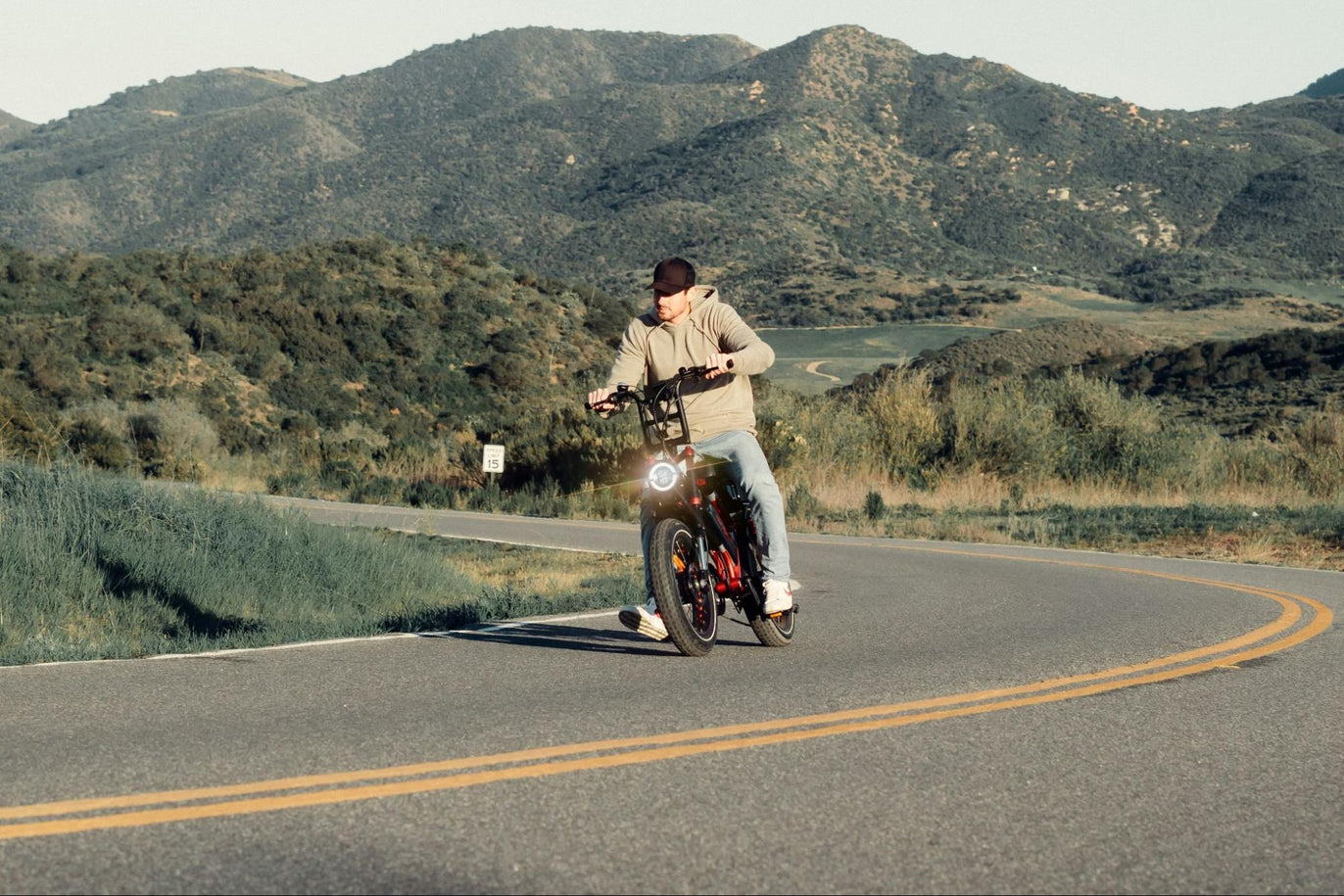
Electric bikes, commonly known as e-bikes, are transforming the way we view urban transport. With their integrated electric motors to assist pedalling, e-bikes are soaring in popularity across the AU and beyond, offering an efficient, eco-friendly alternative to traditional transport methods. This surge is driven by the dual allure of convenience and sustainability, catering to commuters, fitness enthusiasts, and those just looking for a more enjoyable way to travel.
The environmental benefits of e-bikes are particularly compelling. By providing a low-carbon alternative to petrol-powered vehicles, they significantly reduce greenhouse gas emissions and urban air pollution. Health-wise, e-bikes strike a unique balance—they extend the accessibility of cycling to a broader demographic by decreasing the physical strain associated with traditional biking, thus promoting physical activity and contributing to overall well-being. This combination of health and environmental advantages positions e-bikes not just as a mode of transport, but as a forward-thinking solution to modern mobility challenges.
Basic Components of an Electric Bike
Motor
The motor is the heart of an electric bike, providing the necessary power to assist the rider’s pedalling efforts. There are two common types of motors used in e-bikes:
- Hub Motor: Often mounted in the front or rear wheel, hub motors propel the bike by directly powering the wheel into which they are integrated. They are appreciated for their simplicity and direct power delivery, making them ideal for flat terrains and straightforward commutes.
- Mid-Drive Motor: Located in the centre of the bike, typically around the bottom bracket, mid-drive motors drive the crank, instead of the wheel, providing assistance directly through the bike’s gears. This setup offers better weight distribution and efficiency, making it suitable for varied terrains and steep inclines, as it can leverage the bike’s existing gears.
Battery
E-bikes are equipped with rechargeable batteries, with lithium-ion being the most prevalent due to their favourable power-to-weight ratio, efficiency, and longevity. The battery's capacity significantly affects the e-bike's range, dictating how far one can ride on a single charge. Typically, an e-bike battery can last between 20 to 70 miles, depending on the model, the terrain, and the level of assistance used. Charging times can vary, but most batteries take between 4 to 6 hours to recharge fully from a standard electrical outlet.
Controller
The controller serves as the e-bike’s brain, orchestrating the power flow from the battery to the motor based on the rider's input. It processes information from various sensors, including speed and pedal-assist level, and adjusts the motor output accordingly to provide a smooth and responsive riding experience. Riders can typically adjust their level of assistance through a handlebar-mounted display, allowing for customized riding experiences that can change dynamically with the conditions of the ride.
Understanding these core components is crucial as they define the performance, usability, and overall enjoyment of the e-bike, catering to a wide range of user preferences and needs.
How the Electric Assist Works
Pedal Assist
The pedal-assist system is a defining feature of most electric bikes, designed to enhance the natural cycling experience. This system engages the e-bike’s motor to provide a boost to the rider's pedalling efforts, but only when actually pedalling. The degree of assistance can usually be adjusted through a controller mounted on the handlebars, offering various settings that range from minimal to significant power augmentation. These levels allow riders to tailor their exertion based on fitness levels, terrain, and personal preference. For example, a lower setting might be used for light assistance on flat terrains, while a higher setting can help effortlessly tackle steep hills or headwinds. This customization makes pedal-assist e-bikes highly versatile and user-friendly, appealing to cyclists across a broad spectrum of abilities and goals.
Throttle Mechanism
In contrast to pedal-assist, some e-bikes come equipped with a throttle mechanism, which allows the bike to be propelled without any pedalling at all, functioning similarly to a motorbike or scooter. With a throttle, the rider can rest their legs entirely, relying on the motor to do the work. This feature can be particularly beneficial for those needing a break from pedalling due to fatigue or when navigating through stop-and-start urban traffic. However, it's important to note that e-bikes with throttle capabilities may have different legal restrictions compared to those with only pedal-assist systems, depending on local regulations concerning speed and usage on cycling paths.
Both systems have their advantages, with pedal assist preserving the feel and health benefits of traditional cycling while making it more accessible, and throttle providing complete motorised assistance when needed. The choice between pedal assist and throttle will largely depend on the rider's specific needs, preferences, and local laws.
E-Bike Sensors and How They Improve PerformanceSpeed Sensor
The speed sensor is a fundamental component of an electric bike, crucial for regulating the performance of the motor. This sensor tracks how fast the wheels are turning and relays this information to the e-bike's controller. Based on the data received and the pre-selected level of pedal assist, the controller adjusts the motor's power output. The objective is to maintain a consistent assist level according to the rider's settings. For instance, if a rider has set the bike to provide moderate assistance, the motor will adjust its output to ensure that this level of support is maintained up to the maximum allowed speed. If the bike exceeds this speed, such as during a downhill ride, the motor automatically reduces or cuts off power to adhere to safety standards and regulatory requirements.
Torque Sensor
Torque sensors represent a more advanced technology in e-bike design, offering a highly responsive and intuitive riding experience. Unlike speed sensors, which merely detect the bike's speed, torque sensors measure the actual force that a rider applies to the pedals. This measurement allows the motor to deliver a proportional amount of power, thereby mirroring the rider’s pedalling effort with greater precision. The result is a seamless blend of human and motor power, which feels more natural and enhances the bike's efficiency. For example, when a rider pushes harder on the pedals, such as when starting off or climbing a steep hill, the sensor detects the increased force and prompts the motor to provide a corresponding boost in assistance. Conversely, when the pedalling force decreases, the motor scales back its power. This dynamic adjustment not only conserves battery life but also contributes to a more enjoyable and effective cycling experience, particularly on varied terrains.
Both types of sensors — speed and torque — play crucial roles in the performance of electric bikes, enhancing the ride quality, efficiency, and overall satisfaction of the user.
Advantages of Using an E-Bike
Increased AccessibilityE-bikes significantly increase the accessibility of cycling, making it a viable option for a broader spectrum of people. By reducing the physical strain associated with traditional cycling, e-bikes open up the joy and health benefits of riding to those who may find conventional bikes too demanding. This includes older adults, individuals with physical limitations, or those recovering from injuries. The adjustable assistance levels allow riders to customise the amount of effort they need to exert, enabling them to cycle longer distances or tackle challenging terrains that would otherwise be inaccessible. This inclusivity not only promotes greater physical activity but also enhances social inclusion, allowing more people to participate in cycling events, group rides, and family outings.
Efficiency and Speed
E-bikes are engineered to enhance the efficiency of travel, providing a compelling alternative to traditional bicycles and even motor vehicles in urban environments. With the assistance of a motor, e-bike riders can achieve higher speeds with less effort, which is particularly advantageous for commuting. This means that users can arrive at their destinations faster and in a less fatigued state than they might on traditional bikes. Additionally, the efficiency of e-bikes can turn cycling into a more appealing option for daily commutes, potentially reducing the reliance on cars. This not only helps alleviate traffic congestion but also contributes to decreased urban air pollution. Furthermore, the ability to cover greater distances quickly and with less effort makes e-bikes an excellent choice for multi-modal transportation, where bikes are used in conjunction with other forms of public transit.
The combination of increased accessibility and improved efficiency positions e-bikes as a transformative tool for personal mobility and urban transport, offering a healthier, more sustainable, and inclusive way to travel.
Conclusion
Electric bikes represent a significant leap forward in the evolution of personal transport, blending traditional cycling with advanced technology to enhance the riding experience. By integrating motors, batteries, and smart sensors, e-bikes provide a level of assistance that can be tailored to the needs of any rider, thereby reducing physical strain and making cycling accessible to a wider audience. This inclusivity fosters a healthier, more active lifestyle and brings the joy of cycling to those who might otherwise be unable to participate.
Moreover, the efficiency and speed of e-bikes make them a superb option for everyday commutes, offering a faster and more energy-efficient alternative to traditional bikes and cars. This not only helps riders save time and preserve their energy but also has broader environmental benefits by reducing traffic congestion and lowering carbon emissions.
As our cities become more congested and our collective consciousness shifts towards sustainability, e-bikes stand out as a practical, enjoyable, and eco-friendly mode of transportation. Whether you're looking to improve your physical health, reduce your environmental footprint, or simply enjoy a more relaxed commute, e-bikes offer a compelling solution. We encourage everyone to consider an e-bike as a key component of a sustainable transport strategy, perfectly suited to the demands of modern urban life.


